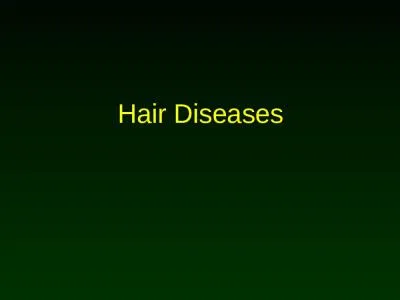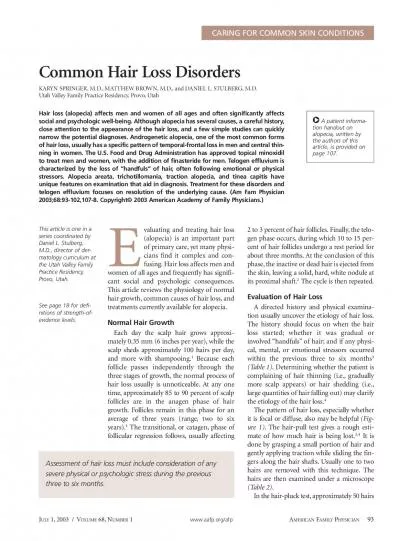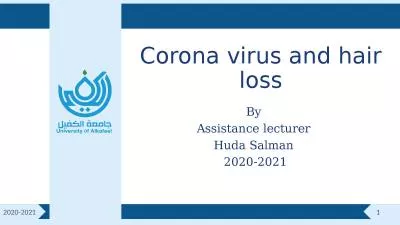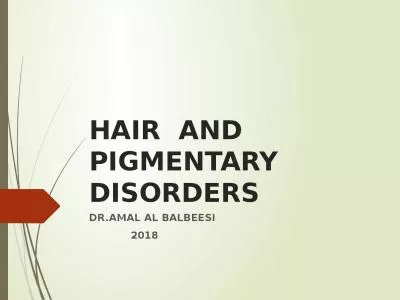PPT-Telogen effluvium &
Author : jane-oiler | Published Date : 2019-12-26
Telogen effluvium amp Infestations Done By Ola Qasem Telogen effluvium Telogen effluvium a scalp disorder characterized by the thinning and shedding of hair resulting
Presentation Embed Code
Download Presentation
Download Presentation The PPT/PDF document "Telogen effluvium &" is the property of its rightful owner. Permission is granted to download and print the materials on this website for personal, non-commercial use only, and to display it on your personal computer provided you do not modify the materials and that you retain all copyright notices contained in the materials. By downloading content from our website, you accept the terms of this agreement.
Telogen effluvium &: Transcript
Download Rules Of Document
"Telogen effluvium &"The content belongs to its owner. You may download and print it for personal use, without modification, and keep all copyright notices. By downloading, you agree to these terms.
Related Documents








![[EBOOK] - Teaching Phonics & Word Study in the Intermediate Grades, 2nd Edition: Updated](https://thumbs.docslides.com/901396/ebook-teaching-phonics-word-study-in-the-intermediate-grades-2nd-edition-updated-revised.jpg)
![[DOWNLOAD] - 175+ Things to Do Before You Graduate College: Your Bucket List for the](https://thumbs.docslides.com/907088/download-175-things-to-do-before-you-graduate-college-your-bucket-list-for-the-ultimate-college-experience.jpg)




